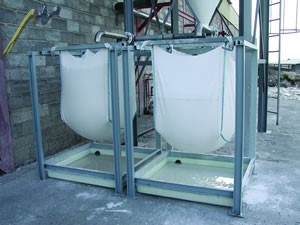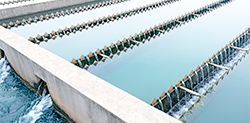Acerca de Servyeco | Engineering and Equipment
Engineering and Equipment | Dewatering systems
Filtration is the most used method for treating sludge produced in the treatment of wastewater. This treatment can consist of drainage on sand beds or can be mechanical or by means of suction or high pressure conditions that require more sophisticated procedures and equipment.
- Filter press
The pressing technique is the most widespread, despite the intermittent operation and high investment costs. The media filters work by applying high pressures (from 5-15 bars or more).
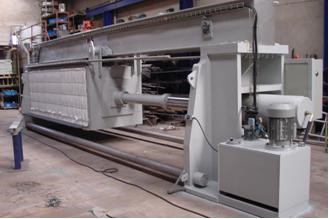
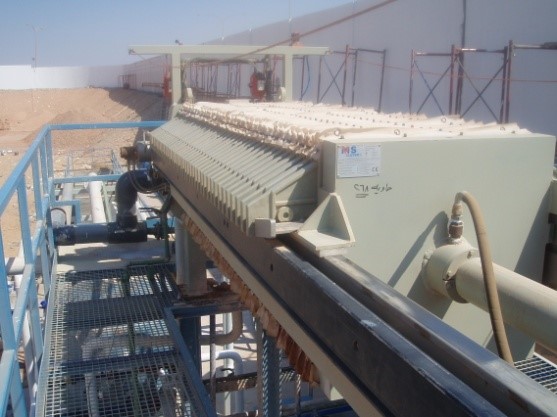
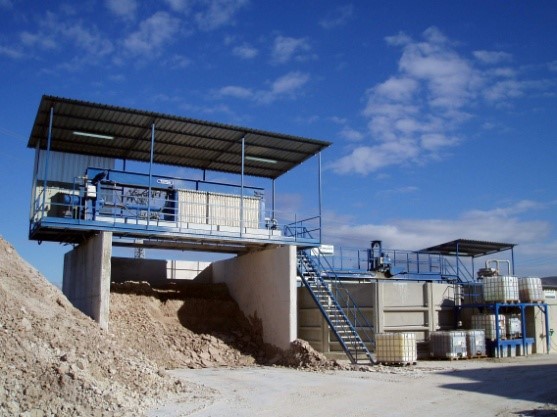
- Band filter
This system is based on a good dewatering of the sludge, preconditioned with polyelectrolyte. The flocculated sludge has a high capacity to drain quickly.
A belt filter is a mechanical dewatering system that allows free flocculated sludge drainage and subsequent progressive pressing.
The flocculated sludge has a relatively fragile structure, and therefore, the suspension must be handled with care to avoid any rupture that can form an obstacle in the band or solid losses.
The drain phase is critically important because it allows confer cohesion to the sludge or sufficient strength for the next phase of removal of water by progressive pressing.
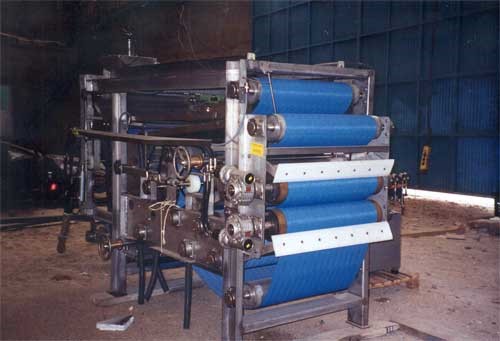
- Centrifuge
The centrifugation process is a separation process using the action of centrifugal force to promote the acceleration of particles in a solid-liquid mixture. Two distinct phases are formed in the container during centrifugation: centrifugation and concentrated.
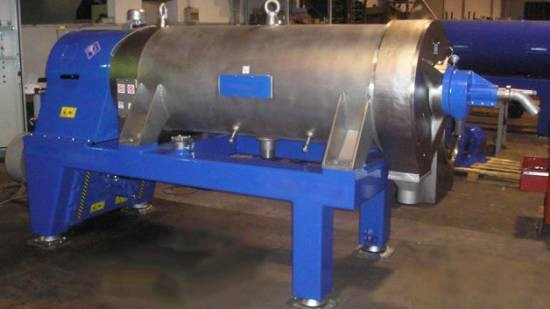
Treatment flow: 2 m3/h – 90 m3/h
- Filter bags
This is a dewatering system using filter bags of different material and different porosities. The operation is to unload the sludge to be dewatered by gravity. These are systems for low flow installations and low performance.
Treatment flow: 0.2 m3/h – 1 m3/h
